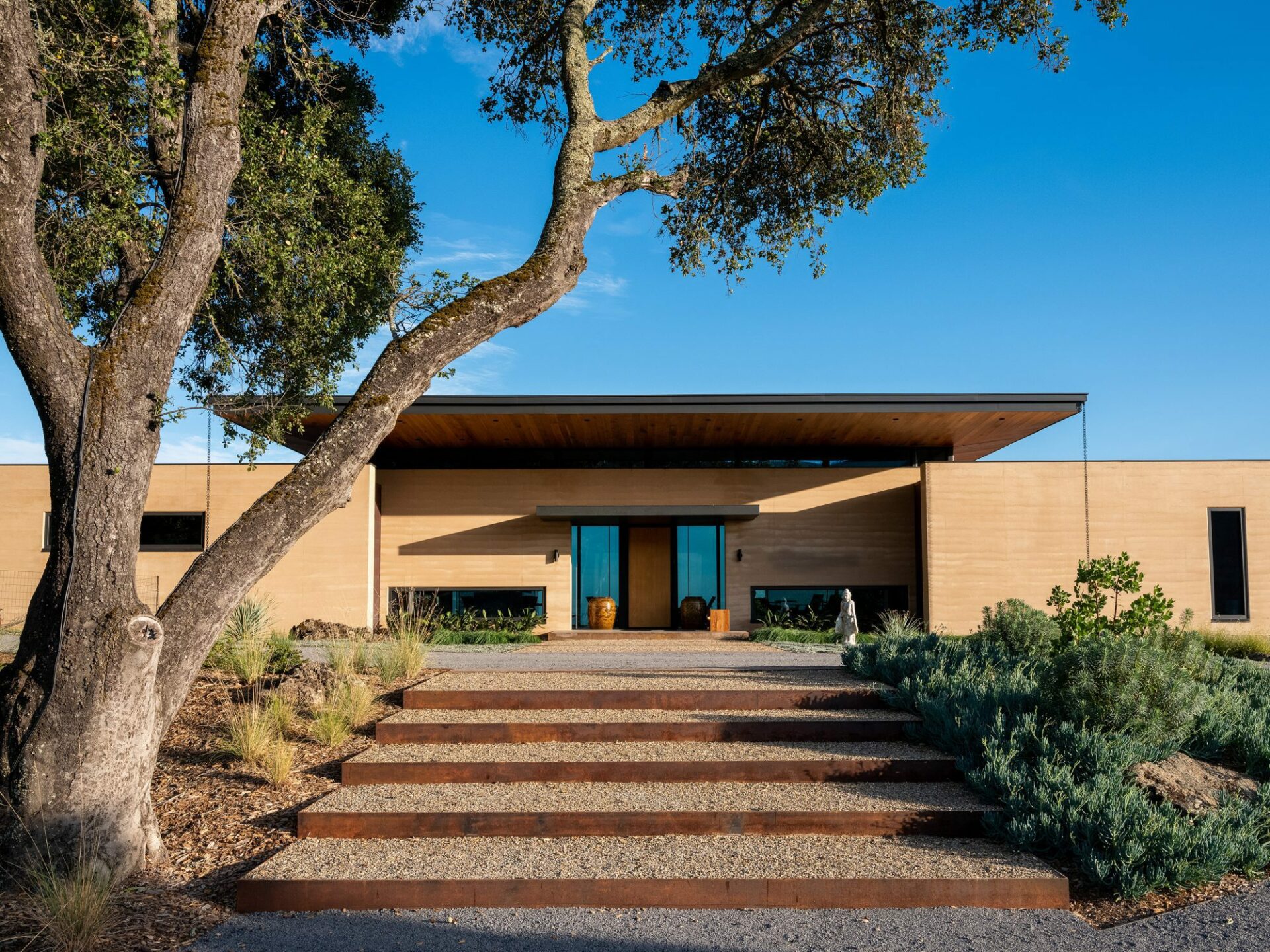In the event of an unanticipated homeowners loss, most people expect to have the majority of their expenses completely covered by a standard homeowners insurance policy. Unfortunately, many don’t realize that the cost of rebuilding or repairing will include not only restoring a home to its former condition, but also the often uncovered cost of bringing it into compliance with any new Building Codes that may have passed since it was originally built. Shockingly, the cost of upgrading to these codes can increase expenses by up to 50 percent! Looking out for our clients’ interests as well as diligent stewardship of client resources is a core part of what our Sonoma County builders at Annadel Builders Inc. are all about. In the event of an unexpected crisis, there’s nothing more important than ensuring that you and your family are protected with the kind of coverage that you need. Take a minute to review your own insurance coverage and consider whether including ordinance or law endorsement (an add-on or rider to your home insurance policy) may be the best way to protect yourself in the event of home damage.
- What is ordinance or law insurance coverage? Ordinance or law coverage provides limited protection for losses caused by implementation of ordinances or laws regulating construction and repair of damaged buildings. This would include energy efficiency, environmental, structural, and safety standards. In contrast, standard property insurance does not cover the loss of any undamaged parts of a home, the cost of demolishing undamaged sections, or the increased cost of rebuilding the whole structure to comply with current building codes. While some standard homeowners policies include provisions that provide a small amount of ordinance coverage, this amount can be augmented by an ordinance or law insurance endorsement.
- When would I need ordinance or law coverage? Let’s say a tree limb falls on your roof and, due to new building regulations, requires repairs with a more expensive heat reflective roof paneling. While a replacement cost policy would cover an equivalent replacement, it’s the ordinance or law coverage that would pay for the additional expenses of the new paneling. For repairs to older homes, any number of features, such as the HVAC, plumbing, electrical, roof, and foundation, may not be up to code. Even a relatively new home might not be in compliance, leaving you open to costlier uncovered repairs.
- What does an ordinance or law endorsement cover?
- Repairs to undamaged portions of your home –Because code upgrade requirements can require significant rebuilding, many state and local jurisdictions require complete reconstruction or repair of a building if damage exceeds 50 percent. Often ordinance building coverage endorsement will pay for the cost to upgrade or rebuild the undamaged portions of your home, but only if the coverage amount is sufficient at the time the claim is filed.
- Demolition – All costs of demolition and debris removal—which somewhat surprisingly are not covered by standard policies—are covered by ordinance and law endorsement. This includes coverage of your home’s undamaged sections as well, should complete reconstruction or repair of these sections need to take place.
- Increased costs of construction – The cost to upgrade or rebuild your home following full or partial loss can often be far more expensive than the original cost of construction. While a standard replacement cost policy essentially covers the cost of replacing a damaged home with one of a similar kind and quality, ordinance or law coverage pays for the higher expenses that will often accrue such as the increased cost of materials and labor, architectural redesigns, inflation costs, and required code upgrades.
- Post-loss Ordinance or Law option – A relatively new option for Ordinance or Law Endorsement policies, Post-Loss protects you if new building codes are passed after the damage to your home has occurred but before rebuilding has been completed.
- How much ordinance or law coverage do I need? Common purchase options include 10, 25, or 50 percent of your dwelling policy limit. How much you choose will depend on both how old your home is and on what building codes went into effect after your home’s original build date or after recent upgrades. Reviewing these should give you an idea of how expensive code upgrades would be in the event of a claim.




